My Biggest Data Engineering Mistake and What I Learned from It
Every data engineer has a story—one of those projects that didn’t go as planned. For me, it was a seemingly simple task that spiraled into chaos: a failed data pipeline migration that brought an entire analytics system to its knees. Looking back, I can confidently say it was one of my biggest mistakes. But it also taught me lessons I’ll carry for the rest of my career.
The Mistake: A Pipeline Gone Wrong
It started as a routine project: migrating a legacy data pipeline to a more modern architecture. The goal was to improve performance and scalability, but what actually happened was a perfect storm of errors:
- Insufficient Testing: In my eagerness to meet the deadline, I skipped comprehensive testing. The pipeline looked good in the staging environment, but the production environment exposed serious bottlenecks.
- Lack of Monitoring: I underestimated the importance of setting up real-time monitoring during the migration. As a result, we didn’t catch the performance issues until end-users reported delays.
- Poor Communication: I didn’t involve business stakeholders early enough. Their critical use cases weren’t prioritized, and when the pipeline underperformed, the trust gap widened.
The consequences were severe: delayed reports, frustrated stakeholders, and a long weekend spent debugging and fixing the pipeline under pressure.
Root Causes of the Mistake
In hindsight, the root causes were clear:
- Overconfidence: I assumed that the new architecture would work flawlessly because it was modern and “better.” I didn’t account for the nuances of the existing system.
- Lack of a Safety Net: Skipping end-to-end testing and monitoring was like flying blind. When things went wrong, I had no clear visibility into the root cause.
- Underestimating Collaboration: Data engineering doesn’t happen in isolation. My failure to communicate with stakeholders meant that key requirements were missed, and the migration didn’t align with business needs.
What I Learned
Every mistake is an opportunity to grow, and this one taught me lessons that I’ve applied to every project since:
- Testing is Non-Negotiable: Comprehensive testing in staging and production-like environments is critical. It’s better to spend extra time upfront than to face chaos later.
- Monitoring is Essential: Real-time monitoring is not a “nice-to-have”—it’s a necessity. Tools like Prometheus, Grafana, and Datadog have become staples in my workflow.
- Communication is Key: Bringing stakeholders into the loop early and often ensures that technical decisions align with business needs. This collaboration builds trust and reduces surprises.
- Learn from Others: Post-mortem meetings can be uncomfortable, but they’re invaluable. Analyzing what went wrong—and how to prevent it—creates a culture of continuous improvement.
A Brighter Future for Data Projects
Since that incident, I’ve approached every project with a new mindset: plan thoroughly, test rigorously, monitor proactively, and communicate constantly. Mistakes are inevitable in any field, but how we respond to them defines our growth.
What About You?
What’s the biggest data engineering mistake you’ve faced, and what did you learn from it? Let’s turn these “war stories” into shared lessons to help us all improve.
What’s the biggest data engineering challenge you’re facing right now? Drop your thoughts in the comments—I’d love to hear your experiences and insights!

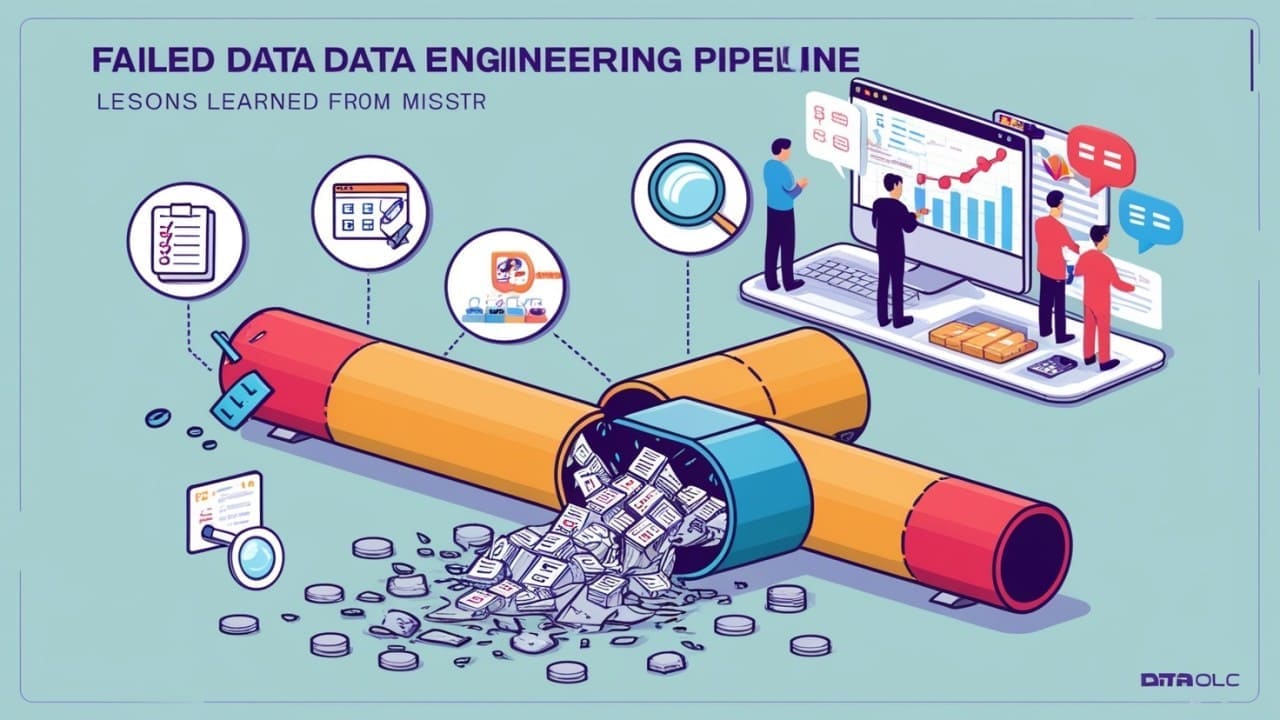


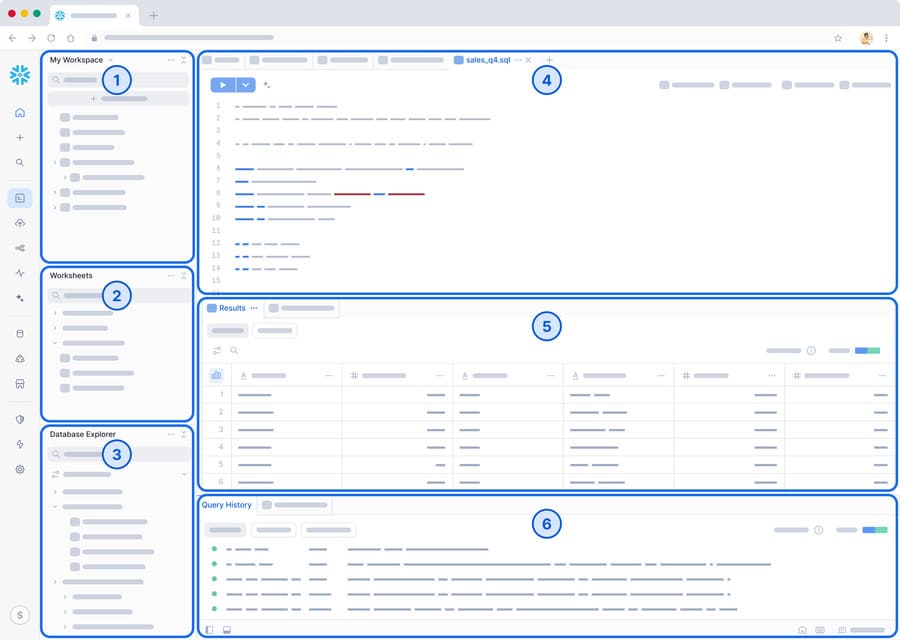

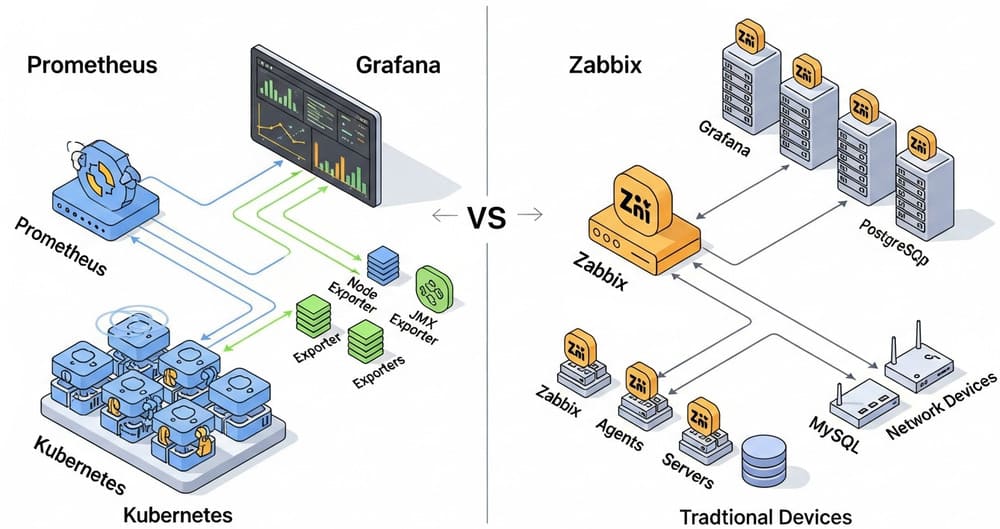
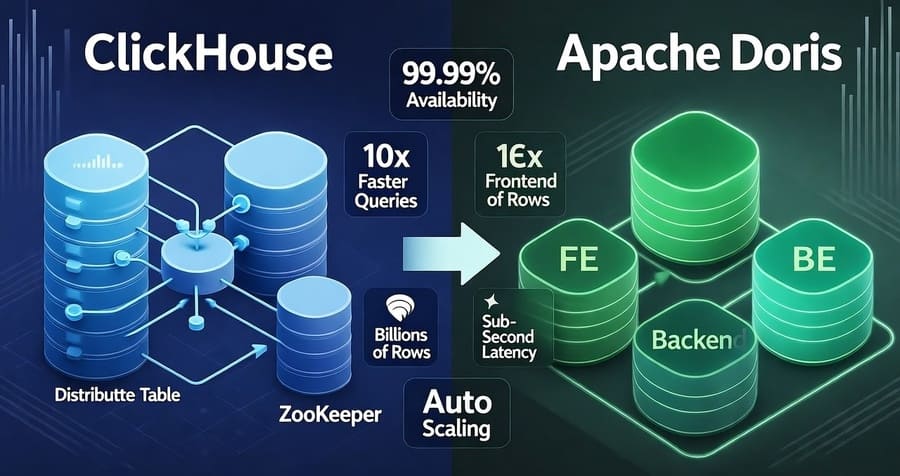
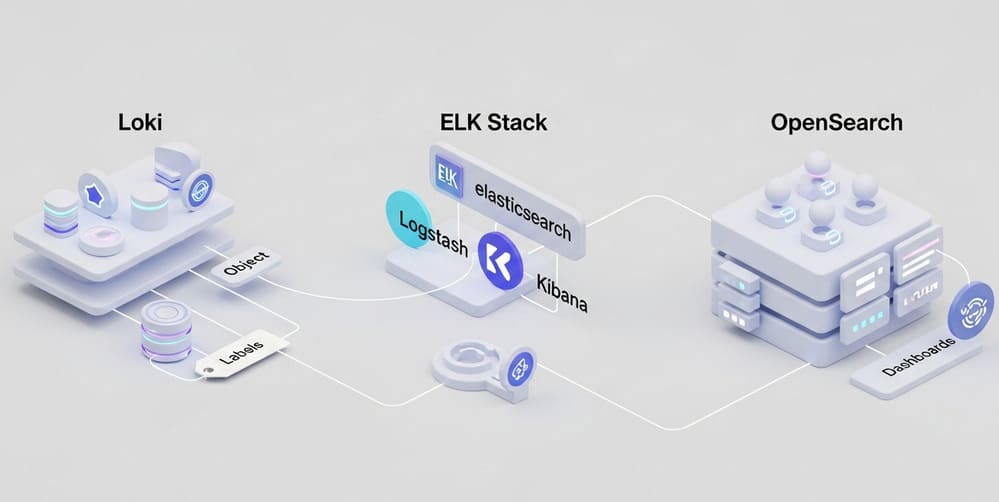
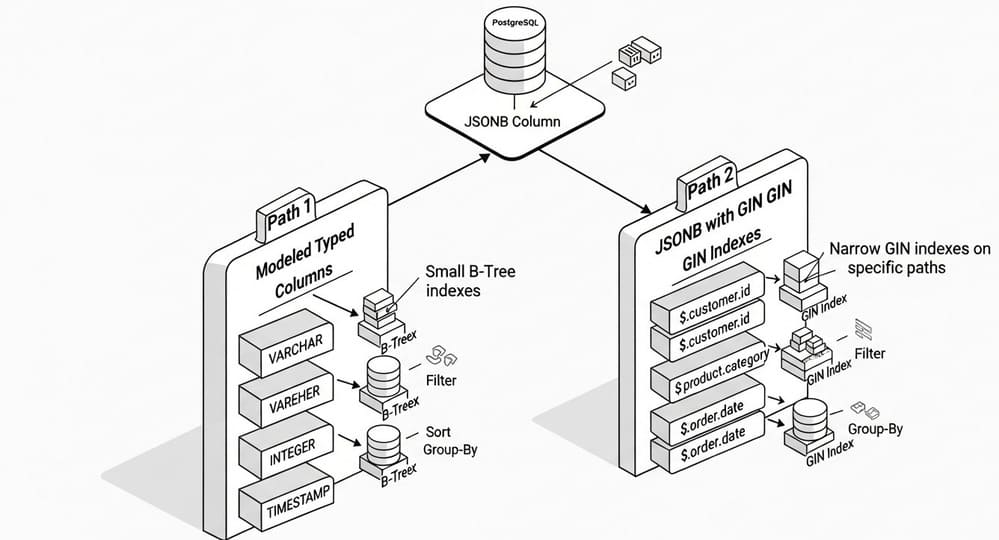
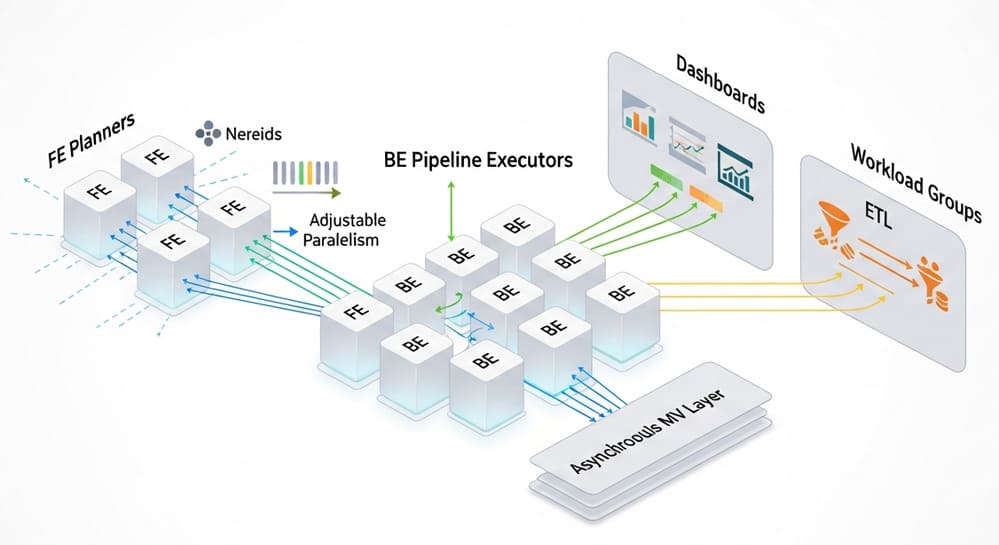



Leave a Reply